Planning and planting an organic herb garden is a traditional part of the homestead lifestyle goal of self-sufficiency. Growing rare and beautiful culinary and medicinal herbs is a glorious gardening experience. Herbs offer brilliant flowers, delightful fragrance, eye-catching foliage, and they are one of the easiest types of plants to grow.
Think of the herbs that you and your family and friends use frequently. Whether you purchase culinary or medicinal herbs at the fresh market, local health food store, or from an online provider, they are likely ones you can quickly cultivate yourself if they are adaptable to your local growing conditions.
Growing organically cultivated culinary and medicinal herbs gives you the satisfaction of knowing that the herbs your homestead produces are free from toxins, contaminants, and noxious chemical compounds.
Easiest Edible To Grow
New to gardening? Start with herbs. Disease-resistant, drought-tolerant, and easy-to-grow, herbs thrive in almost any type of soil, requiring sunshine, just a bit of water, and minimal care.
Whether you have a tiny urban or rural homestead, there is room for herbs. Start a lifelong love affair with herbs by nurturing a few small pots on a sunny kitchen windowsill or larger containers on a patio or balcony.
Purchase herb plants from reputable organic growers. The majority of herbs are perennial plants that, once established outdoors, will live in your landscape for decades. It pays to start out with the healthiest, most vigorous herb plants available.
Herb Growing Tips
For herb-specific gardening tips, check out these articles:
Fresh herbs add fragrance and flavor to most any culinary dish. Once you start experimenting with fresh herbs such as sage, thyme, basil, cilantro, parsley, tarragon, rosemary, and oregano, you will never want to season foods with anything but fresh herbs again.
Using Herbs As A Landscape Tool
Low-growing edible herbs such as creeping lemon thyme, creeping rosemary, and oregano act as excellent groundcover plants to fill in bare spots in the landscape.
Used as an edging along garden pathways or as an understory planting between trees, groundcover-type herbs help control weeds, serve as a moisture retaining mulch, repel harmful insect pests, and reduce landscape maintenance chores.
If you want to conserve water and are tired of continually having to mow and edge an expansive lawn, consider replacing part or all of the grass with herbs. You will have flowers, fragrance, and lush greenery with half the work.
Groundcover herbs are hardy and stand up to vigorous use and foot traffic, allowing children and pets to romp and play freely. When broken or crushed, pieces of the plant quickly root and start a new plant to form a thick, green carpet with a delightful scent. Mowing once, after flowering, encourages growth.
Groundcover herbs propagate from seedlings, cuttings, or plugs. Many low-growing herbs are vigorous self-seeding plants or spread from underground roots and rhizomes.
Perennial Herbs Help Control Erosion
If you have a shaded hillside prone to erosion, mint plants are an excellent edible and medicinal herbal groundcover that vigorously spread to cover large areas while helping to control rainwater runoff.
There are a wide variety of flavors of mint from spearmint to peppermint, pineapple, orange, apple, or chocolate-mint, all of which can be enjoyed as teas or savored as culinary flavorings.
Mint thrives in almost any type of soil with good drainage, growing well in United States Plant Hardiness Zones 2 through 11. If you want to quell mint’s invasive nature, plant mint in large containers to control root spread. If planted without restriction, be aware, mint tends to dominate and take over everything.
To add beauty and visual interest and control erosion on a sunny open hillside, plant any variety of sage, thyme, or winter savory.
Herb Infused Ointments
By making salves and healing ointments from herbs in your garden, you’ll save money while ensuring that a salve crafted to heal skin, relieve pain, or offset infection does not contain artificial ingredients and harsh chemicals.
Some oils that work great as a carrier oil include almond, avocado, or extra-virgin coconut oil. Coconut oil is a common choice because it doesn’t go bad and at the right temperatures will solidify, holding a better texture for salve application. A good ratio to work off of for herbal ointments is 1 tsp of carrier oil for every 2-3 drops of essential oils.
Choosing Essential Oils
For food-grade essential oil, be sure to select food-grade essential oils to maintain the purity of the end product. Read the label as many essential oils sold in health food stores and online are not certified as organic food-grade quality and do not provide the freshness, pungency of aroma, or medicinal qualities as those so approved.
Some essential oils that are great to use in herbal remedies include lavender, tea tree, eucalyptus, peppermint and sage.
They key is to pick oils that have properties that will serve the purpose that you need them to. Check out this great resource for finding what oil will work best for your ailment.
Beeswax In Ointments
Typically, use beeswax in a ratio of 10:1 with oils. Use more beeswax to craft a firmer salve and less for a creamy lotion. Vegans can substitute Carnauba wax for beeswax for a vegan balm.
Cooking With Herbs
The amount of fresh herbs to add to any recipe is dependent on the type of herb, the type of dish, and your own personal preference. In most recipes, you can safely use twice the amount of fresh herbs as one would use of dried herbs. Enjoy experimenting with flavor combos that please your palette.
Delicate herbs such as parsley, mint, basil, chives, and cilantro are best added to meat, fish, poultry, and vegetables minutes before you are at the end of the cooking process to enhance flavor without the addition of salt. Less delicate herbs including thyme, rosemary, tarragon, and oregano are added in the last 15-30 minutes of cooking.
References
- Calendula Officinalis, Missouri Botanical Gardens
- List Of Herbs, U.S. National Library Of Medicine
- Starting An Herb Plot, Saskatchewan Agriculture
- United States Department of Agriculture
- Medicinal And Culinary Herbs, National Agricultural Library
- National Herb Garden: Plants for People, The United States National Arboretum
- The Magic of Fresh Herbs, Fresh Herb & Food Combos, University Of Nebraska Food


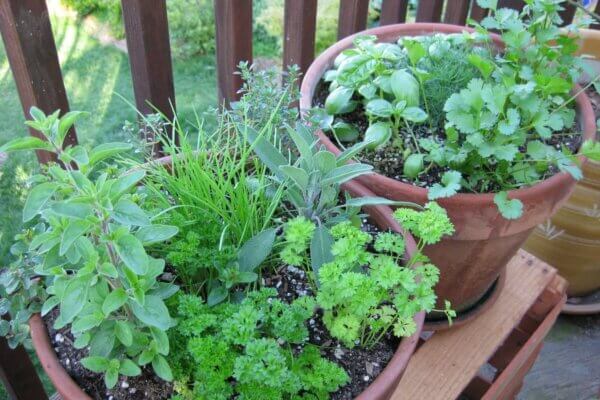

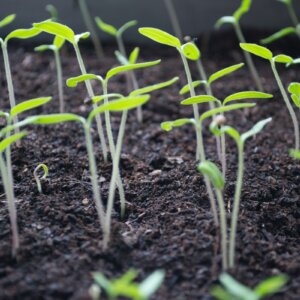







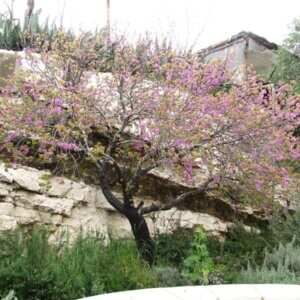

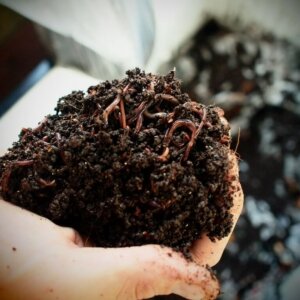






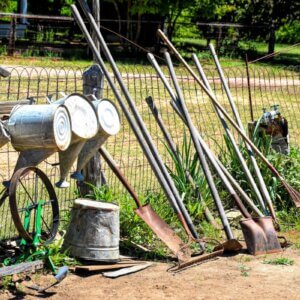


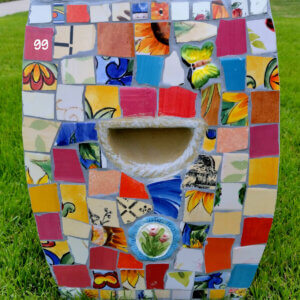

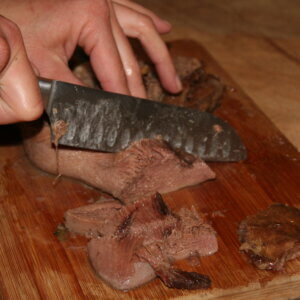

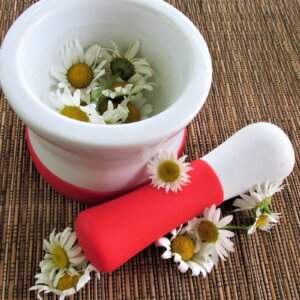


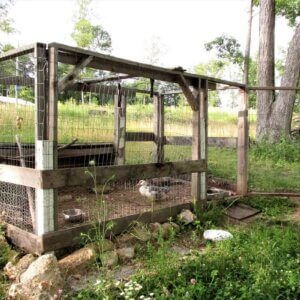


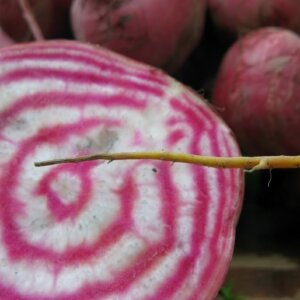






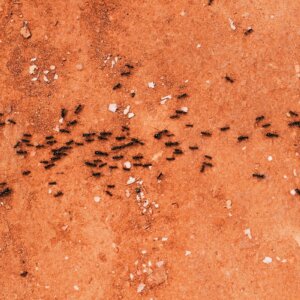
Leave a Reply